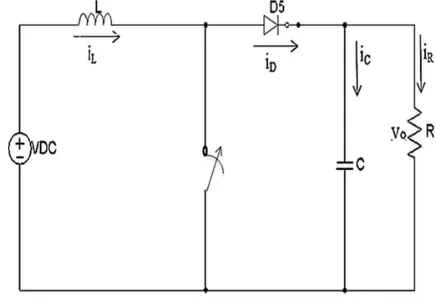Average Current Mode Control Technique Applied To Boost Converter For Power Factor Improvement And Thd Reduction
Full text
Figure




Related documents
This study was conducted in a health insti- tution in which data for associated risk factors for drug resistance were collected using a pretested questionnaire and sputum
The report reveals some detailed synthesis methods of large area graphene from different precursors, starting from the growth processes, the precise mechanisms
Medical condition (a) Voluntary and well- considered EAS request Including details on capacity assessment (b) Unbearable suffering without prospect of improvement (c) Informing
ABSTRACT: This paper aims to proposed multi-level block truncation code (BTC) based image compression of continuous tone still image to achieve low bit rate and
The behaviour of concrete containing Ground Granulated Blast Furnace Slag (GGBS) as a supplementary cementitious material (partial replacement to cement) is studied.
We have successively achieved the synthesis of tetrahydrofurans that have excellent perfumery odor along with homoallylic alcohols through carbonyl-Ene reaction. All
Ambiguous, referring either to (i) locomotor patterns that were so messy (involving, for example, three putatively separate rhythmic components pe r actogram) that no
In order to avoid such a temperature increase in the headliner, most of this heat needs to be absorbed by the phase change material Most preferably, the